Many companies use employee stock ownership plans and employee stock purchase plans as a piece of their employee benefits program. An ESPP gives employees the opportunity to put a portion of their paycheck towards purchasing company stock at a discounted price. ESOPs are defined contribution plans that operate similarly to 401(k) plans. Continue reading to learn the differences between employee stock option plans (ESOP) and employee stock purchase plans (ESPP).
With an ESPP, employees contribute to the plan through payroll deductions that grow over time between the purchase date and the offering fate. On the purchase date, the company utilizes the funds to purchase company stock on behalf of the employee. The discount rate on stock varies from plan to plan.
There are qualified and non-qualified plans of ESPPs. Qualified plans need to be approved by shareholders of the company before being implemented as an employee benefit. All participants of the plan need to have equal rights. The offering period cannot be longer than 3 years. Non-qualified plans do not have most of the restrictions of qualified ESPP plans. However, they also do not have the tax advantages that qualified plans do.
An ESOP is a piece of the employee benefit plan that offers employees an ownership interest in their employer’s company. ESOPs offer the selling shareholder, the sponsoring company, and the participants of the ESOP multiple tax benefits. These plans are able to encourage employees to put in hard work at their job since they will benefit through their company ownership. Once the stock is vested completely and the employee leaves the company, the company basically repurchases the stock back from the employee. The money from the purchase goes to the employee in either a lump sum or periodic payments.
There are many differences between ESOPs and ESPPs:
- ESOPs offer employees stock in the company without needing to purchase the shares. ESPPs allow employees to use after-tax wages to purchase stock in the company at a discounted rate.
- The money inside of an ESOP account will not be taxed until the employee retires. With an ESPP, employees purchase stock with money that has already been taxed.
- ESPP participants can exercise their stock options when the vesting schedule allows them to, normally after one or two years. ESOP participants do not have access to their funds until they retire or leave the company.
If you have an ESSP or ESOP that you want to take advantage of, Eagle Grove Advisors can help you. We will be able to offer you guidance on how to take advantage of these opportunities. Contact us today to get started!
Sources:



